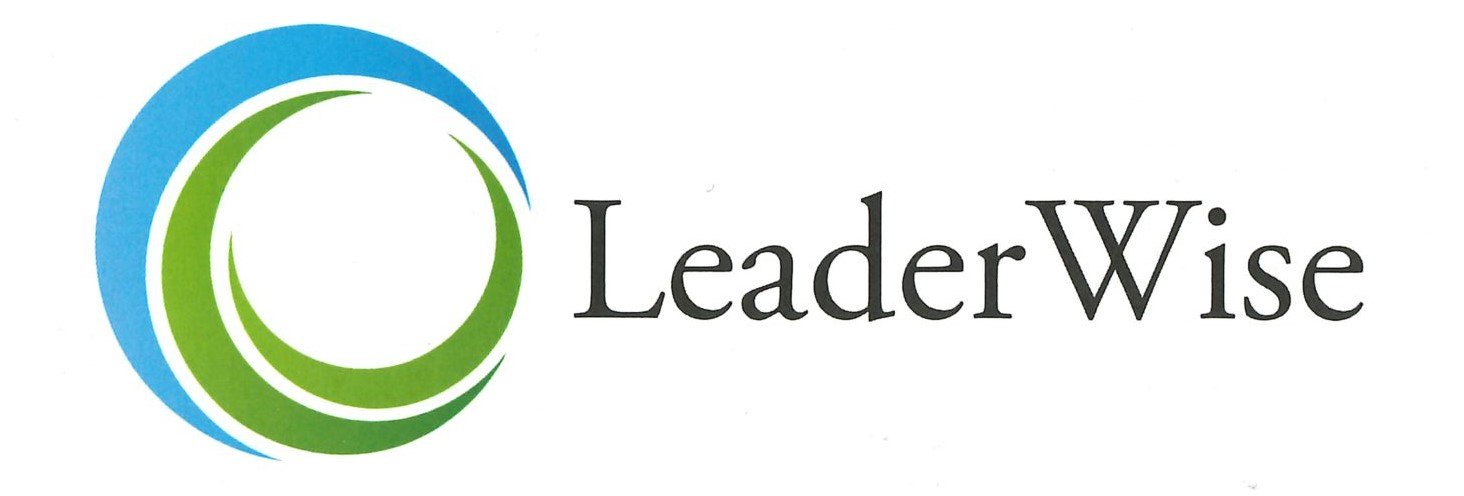Search for Empathy Balance
Our summer e-letter series on resilience kicked off June 6. Each week we are writing about one of the eleven tasks that Dr. Tom Skovholt, a prominent researcher in the helping professions, identifies as necessary to maintain our wellbeing. Last week we continued with Skovholt’s Task 3: “Relish the Joy and Meaning of the Work as a Positive Energy Source.” This week, Sarah Parker shares how to “Search for Empathy Balance.” Find the collection of past e-newsletters here.
Resilience Task 4
Search for Empathy Balance
by Sarah Parker, MDiv, LMFT, Staff Therapist
Almost 10 years ago to the day, I began my coursework in Marriage and Family Therapy. In our first class, an introduction to therapy, our professor presented us with an image that has proven invaluable to me over this past decade: a bowl. Now while that may not seem exciting or earth-shattering to most, what it represented was life changing.
With the bowl in front of us, she reminded us that the therapeutic relationship was much like this bowl. Into the bowl, our clients (or our parishioners), could pour themselves out, could release their hurts, could dream their wildest dreams, and could speak the unspeakable. As their therapists (or pastors), we were charged with being present with them (in essence, holding the bowl) as they expelled their inner world into it. We also could look into the bowl with them, asking questions, making observations, and expressing feelings. However, it was not our job to GET IN THE BOWL with them, to take on their pain and longings and frustrations as our own. At the end of the session, she encouraged us to engage in the practice, whether physically or mentally, to ritualize putting the bowl away, to release us from continuing to hold the bowl and to allow the client to choose what they wanted to leave in the bowl or take out with them.
I believe this is at the heart of what Dr. Skovholt is addressing with the fourth task of resiliency: Searching for Empathy Balance. In our work as helping professionals, whether that be as pastors, counselors, social workers, or helpers in other fields, we experience this constant push and pull between entering the world of “the other” and living in our own world. If we express too little empathy (are self-focused), it is difficult for people to connect with us and seriously undermines our ability to care for others. If, on the other hand, we express too much empathy (are other-focused), we run the risk of losing ourselves in our work and minimizing our own needs. In addition, we become more at risk of suffering from secondary traumatic stress, vicarious traumatization, emotional depletion, and burnout.
It is evident that neither of these extremes is healthy for us in our work or in our living, so the question is. . . How do we balance both having an appropriate level of focus on the other and a sufficient focus on the self? Skovholt describes it in this way, “Think of this capacity to go back and forth as a way to pick up oxygen from the self and deliver it to the other and then switch back. The switching back is accompanied with the carbon dioxide (the suffering feelings, thoughts, and behaviors of the other). The carbon dioxide is deposited and replaced with oxygen when visiting the self. This empathic presence with the self is crucial for self-renewal.” (Becoming a Resilient Practitioner, 126.)
Take a moment to close your eyes and breathe. . . That process of air exchange, inhaling oxygen, exhaling carbon dioxide, is similar to how we engage with others: We are present with them, we attach and connect with them, but then we also need to separate, to detach, and to engage with self. To stay with this metaphor for a moment, imagine what would happen if you only inhaled and never exhaled?
As easy and elegant as this “balance” of empathic engagement may sound, it takes practice and intentionality to achieve. Perhaps you find yourself on this teeter-totter right now, trying to figure out whether you care “too much” or “too little?” Perhaps you have received feedback from others that has called this into question for you. Or perhaps you find yourself struggling with feelings of emotional depletion and burnout and are wondering how to start breathing again.
If this is where you are at this time, perhaps the best place to start is to identify your current self-care practices (if any). I wonder. . .
What activities or images come to mind when you think about self-care?
What feelings do you associate with self-care?
If there weren’t any limitations, what would you do to engage in self-care?
In truth, there is no “one size fits all” answer for everyone as to what is meaningful self-care. But, with a bit of intentionality and exploration, each of us can find those things that meet our needs and help us achieve balance in our empathetic engagement with others and with ourselves. If you are finding it difficult to “get your balance” or to “get out of the bowl” with others, we invite you to consider seeking therapy, spiritual direction, vocational discernment, or coaching through LeaderWise as a resource for you.
As Dr. Caroline Burke shared a couple of weeks ago in her reflection, there are many ways that we can engage our bodies and our minds in different self-care strategies throughout the summer. One of the things that our family enjoys in the summer is cooking and eating OUTSIDE! Whether it is roasting hot dogs and making s’mores over a fire pit or eating some of my husband’s delicious BBQ ribs, there is definitely something that feels more communal, more connected to each other. We eat, we talk, and when we are really lucky, my son brings out the guitar and sings. My contribution to these feasts is what we call “Kansas City Cornbread” (recipe) which has a sweetness and a cake-like feel that is different from traditional cornbread. Enjoy!
Come back next week for Cindy Halverson’s insights on how we can “Develop Sustaining Measures of Success and Satisfaction.”

